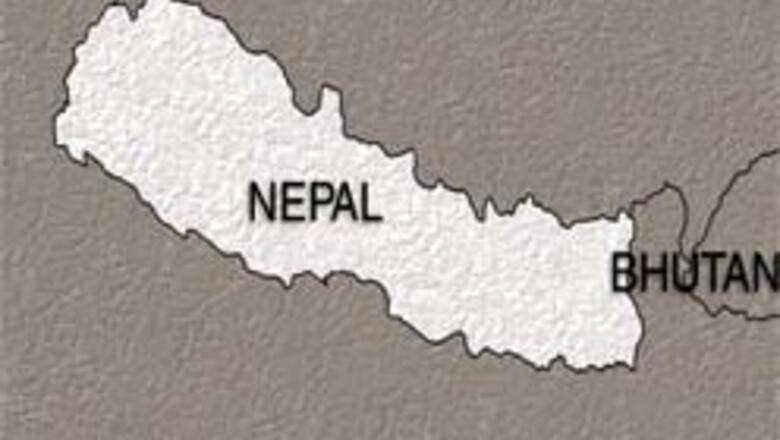
views
Kathmandu: Disputes over encroachment, a long-standing thorn in India-Nepal ties, are likely to be over next year when the two neighbours plan to ink a new boundary.
A series of Indo-Nepal treaties — starting from the Sugauli Treaty in 1816 — that tried to delineate the nearly 1,800 km open boundary between India and Nepal on the east, south and west, have been countermanded by encroachments, claims and counter-claims.
A major cause for the disputes is that the two countries share a nearly 595-km border demarcated by about 60 rivers.
With the rivers changing their course with time, the border underwent changes too but these were not implemented officially.
Now however, almost 98 per cent of the work is complete on drawing up the new border and the remaining work is expected to be completed by June 2007.
To resolve the disputes, which erupted as recently as this month, on the eve of Indian External Affairs Minister Pranab Mukherjee's visit to Kathmandu, a joint technical committee was set up to conduct a new survey.
After holding its 28th meeting in Kathmandu last week, the team, led on the Indian side by Major General M Gopal Rao, surveyor general of India, and on the Nepal side by Toya Nath Baral, director general of the survey department, said 98 per cent of the work was complete with the rest expected to be over by June.
Besides the home, foreign affairs and defence ministries, the border talks include officials from the neighbouring Indian states, like Bihar and Uttar Pradesh.
One of the most contentious border issues is Kalapani near the western border. Many in Nepal feel India has encroached upon the area, measuring about 62 km, since 1962 and kept a military contingent there to keep an eye on China.
There are also allegations that India built bunkers and other permanent structures on Nepali territory.
However, India says the Indo-Tibetan Border Police personnel are deployed on the Indian side of the border.
China and Nepal signed a boundary protocol in 1963. Unlike with India, Nepal has no boundary feuds with China, with whom it shares a nearly 1,414-km border demarcated by the Himalayan range.














Comments
0 comment